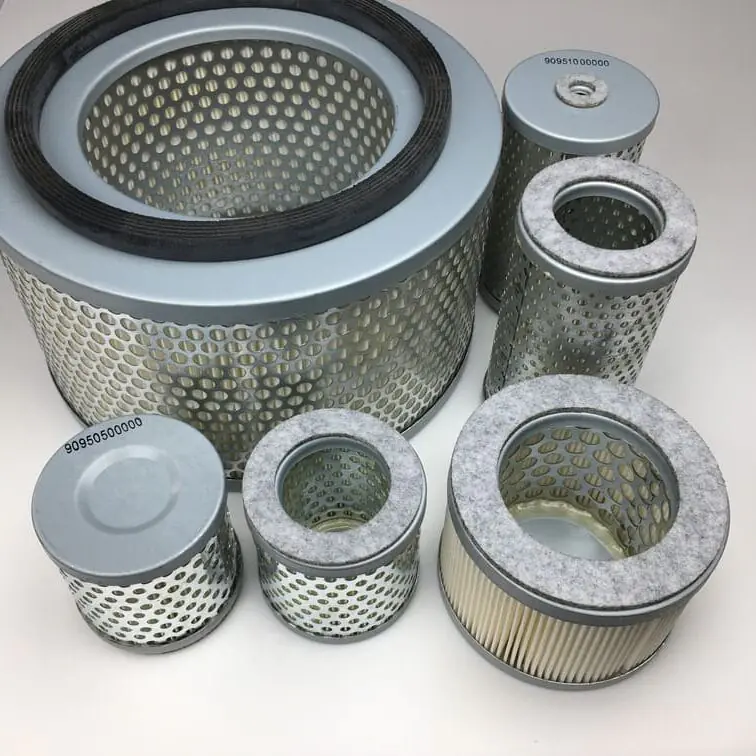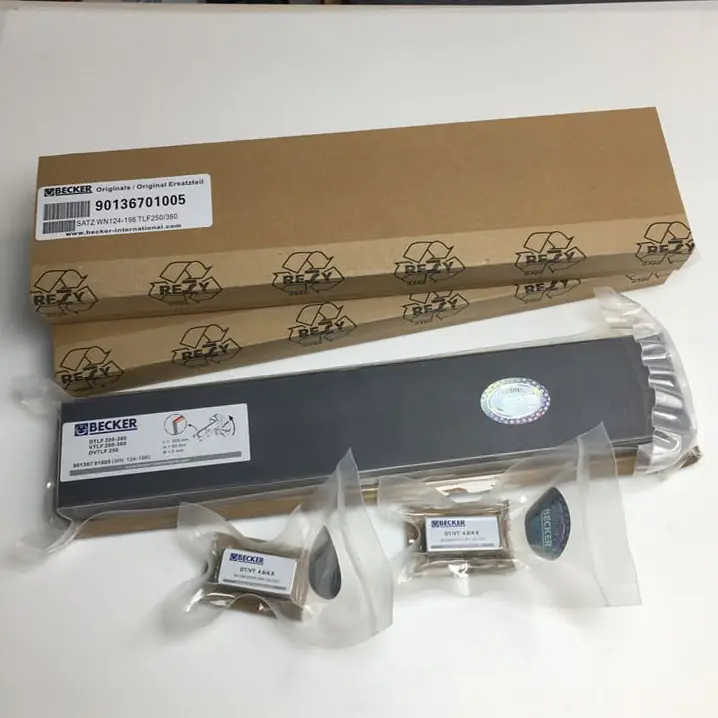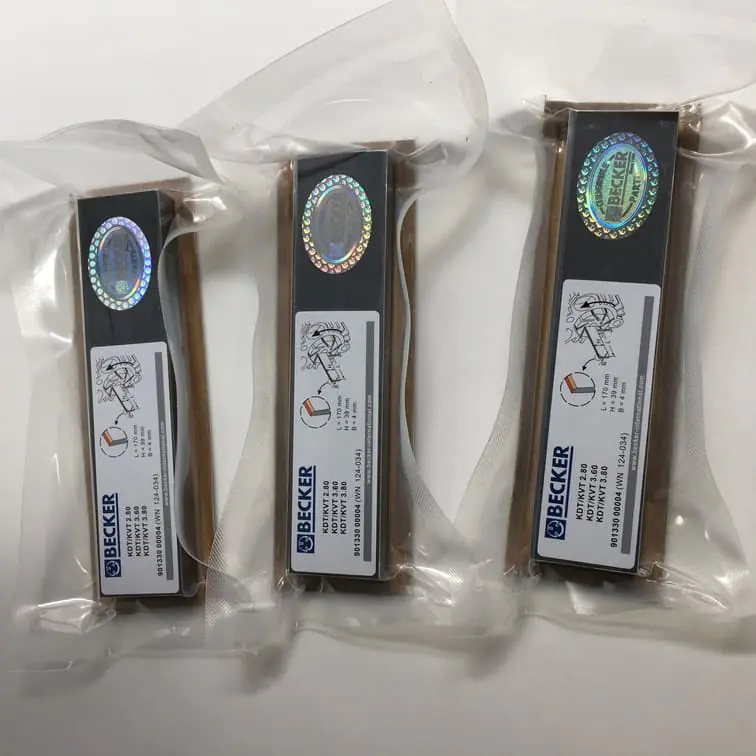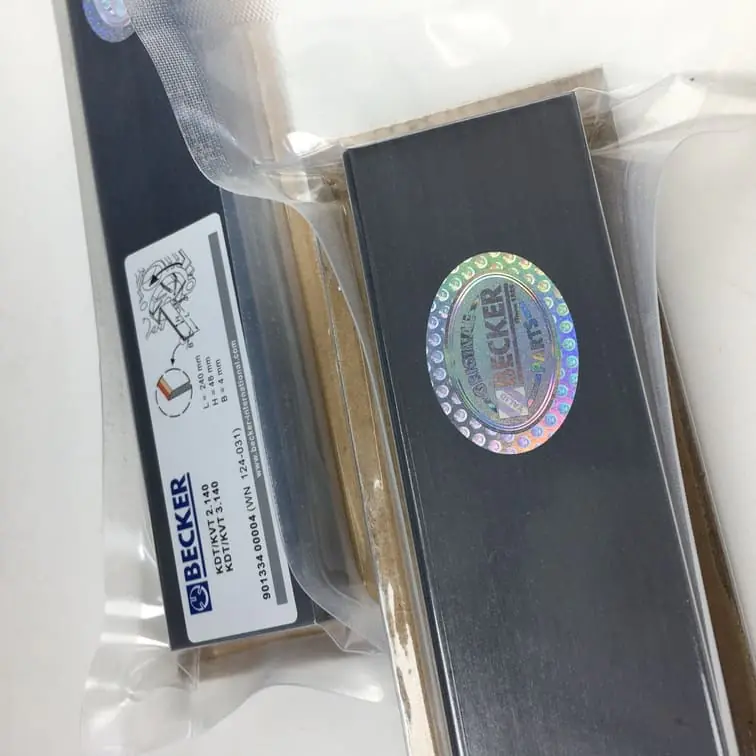What Does a Vacuum Pump Do in a Car?
When you think about the critical components of a car, things like the engine, the battery, or even the transmission probably come to mind. But there are many less-discussed parts working quietly to ensure everything functions smoothly. One of these essential components is the vacuum pump. What exactly does a vacuum pump do in a car, and why is it so important? Let’s take an in-depth look.
What is a Vacuum Pump and Why is it Used?
A vacuum pump is a mechanical device used in vehicles to generate a vacuum, which is crucial for various systems in modern cars. It’s often found in diesel engines and some gasoline engines, primarily those with a turbocharger. The primary role of the vacuum pump is to create the vacuum necessary to power auxiliary systems in the vehicle.
In traditional internal combustion engines, the intake manifold naturally produces a vacuum as part of the engine’s combustion process. However, with modern advancements like turbochargers and direct injection, an external vacuum source became necessary. This is where the vacuum pump comes in, providing a reliable vacuum for vital systems.
Key Functions of a Vacuum Pump in a Car
The vacuum pump is responsible for powering different systems that enhance vehicle safety, comfort, and performance. The main functions of a vacuum pump include:
- Brake Booster Operation: The vacuum pump provides the necessary force to power the brake booster, allowing the driver to easily apply braking force. Without adequate vacuum pressure, the braking system would be much harder to engage, compromising safety.
- EGR (Exhaust Gas Recirculation) Valve: The EGR system uses the vacuum to reduce harmful nitrogen oxide emissions by recirculating a portion of the engine exhaust back into the cylinders.
- Turbocharger Wastegate Control: The vacuum pump helps control the wastegate on turbocharged engines, regulating the amount of boost and thereby ensuring optimal engine performance.
These essential roles show just how pivotal a vacuum pump is for safe and efficient vehicle operation. Without it, drivers would face severe challenges in braking and reduced engine efficiency.
Types of Vacuum Pumps Used in Cars
When it comes to automotive vacuum pumps, there are three primary types, each with its own specific applications:
1. Mechanical Vacuum Pumps
Mechanical vacuum pumps are driven by the engine’s camshaft or accessory belts. They are often found in older vehicles or more basic car models.
- How They Work: As the engine rotates, the mechanical pump creates the necessary vacuum pressure by utilizing engine power.
- Advantages: Mechanical pumps are relatively simple in design and are quite durable.
- Drawbacks: They consume engine power to operate, which can lead to a slight decrease in fuel efficiency.
2. Electric Vacuum Pumps
Electric vacuum pumps have become more popular in newer vehicles, especially those equipped with start-stop systems or hybrid technology.
- How They Work: These pumps are electrically powered, meaning they do not rely on the engine. This setup allows them to operate even when the engine is off, which is essential for modern fuel-saving features.
- Advantages: They enhance fuel economy, as they only operate when vacuum is needed.
- Drawbacks: The reliance on electrical systems can lead to issues if there are battery-related faults.
3. Hybrid Vacuum Pumps
These pumps use both mechanical and electric systems. They are often found in high-performance or luxury vehicles, combining the benefits of both technologies to provide consistent performance.
- Advantages: Offer more reliability and adaptability to different driving conditions.
- Drawbacks: They are more complex and can be more expensive to maintain or replace.
How a Vacuum Pump Impacts Car Performance
A vacuum pump plays a crucial role in maintaining a car’s braking efficiency and engine performance. Let’s take a closer look at the systems it directly impacts:
1. Brake Booster System
One of the most vital functions of a vacuum pump is to assist in braking. The brake booster relies on vacuum pressure to provide the necessary power assistance, allowing the driver to apply less force on the brake pedal.
- How it Works: When you press the brake pedal, the vacuum from the pump amplifies the force applied. This ensures efficient braking, regardless of the speed or driving conditions.
- Why it Matters: Inconsistent vacuum pressure can lead to reduced braking power, causing a potential safety risk. This makes a well-functioning vacuum pump critical for ensuring a responsive braking system.
2. Emission Control Systems
The EGR system, which aims to reduce the harmful emissions produced by the engine, is also vacuum-driven. By recirculating exhaust gases, the EGR system helps lower nitrogen oxide levels, contributing to better air quality.
- Environmental Benefits: Vacuum pumps indirectly help vehicles comply with stringent environmental standards, reducing overall emissions.
3. Turbocharger Efficiency
For vehicles with a turbocharger, vacuum pumps also play a role in controlling the wastegate. The wastegate manages the amount of exhaust gas bypassing the turbine, effectively regulating boost pressure and protecting the engine from excessive strain.
- Performance Benefits: Accurate wastegate control leads to better engine performance and improved efficiency, especially at high speeds.
Common Issues with Automotive Vacuum Pumps
Despite their reliability, vacuum pumps can develop issues over time. Here are some of the most common problems drivers might encounter:
1. Wear and Tear
Mechanical vacuum pumps are subject to wear since they are directly driven by the engine. Over time, components can degrade, leading to reduced efficiency or complete failure.
2. Oil Leaks
Vacuum pumps often share oil with the engine, which means that leaks can become a problem. If oil starts leaking into the pump, it can compromise its ability to generate the required vacuum.
3. Faulty Diaphragm
Electric vacuum pumps have diaphragms that can wear out or tear, reducing their capacity to generate vacuum pressure.
4. Electrical Issues
For electric vacuum pumps, electrical faults such as damaged wiring or poor connections can cause malfunctions.
- Symptoms of a Faulty Vacuum Pump: Reduced braking power, increased brake pedal effort, or warning lights related to emissions might indicate a failing vacuum pump.
Maintaining Your Car’s Vacuum Pump
Proper maintenance of a vacuum pump can prevent premature failure and ensure optimal performance. Here are a few key tips to help you maintain your car’s vacuum pump effectively:
- Regular Inspection: Routine checks on the pump’s physical condition, looking for leaks or wear, can help detect problems early.
- Listen for Odd Noises: A failing vacuum pump might produce unusual noises, such as hissing or rattling. Addressing these sounds early can prevent further damage.
- Check for Oil Leaks: Since vacuum pumps often interact with the engine’s lubrication system, ensuring there are no oil leaks will maintain its functionality.
For more detailed maintenance tips and reliable vacuum pump parts, check out vacuum pump maintenance parts.

Benefits of a Well-Functioning Vacuum Pump
Keeping your vacuum pump in top condition offers several benefits that directly impact the vehicle’s performance and safety:
- Enhanced Braking Safety: A functional vacuum pump ensures the brake booster works effectively, making it easier for drivers to apply brakes with minimal effort.
- Lower Emissions: By enabling the EGR system to work optimally, vacuum pumps help reduce emissions and meet environmental standards.
- Fuel Efficiency: Vacuum pumps that help regulate turbocharger wastegates can improve fuel economy, especially for vehicles with forced induction engines.
These benefits highlight how integral a vacuum pump is to the overall safety and performance of the vehicle. Keeping it well-maintained can make a noticeable difference in driving comfort and reliability.
Frequently Asked Questions
1. What happens if a vacuum pump fails in a car?
If a vacuum pump fails, you may experience a hard brake pedal, reduced braking efficiency, and potential issues with the EGR system, leading to higher emissions.
2. Can I drive with a bad vacuum pump?
Driving with a failing vacuum pump is not advisable, especially due to the impact on braking performance. It compromises safety and can lead to further damage to other systems.
3. How do I know if my car’s vacuum pump is failing?
Symptoms include a hard brake pedal, hissing noises, increased braking distance, and sometimes a warning light related to emissions or brakes.
4. How long does a car vacuum pump last?
A typical vacuum pump can last anywhere from 100,000 to 150,000 miles, but this can vary based on the type of pump and driving conditions.
5. Are vacuum pumps found in all cars?
No, vacuum pumps are typically found in diesel engines, turbocharged engines, and vehicles equipped with advanced braking systems like ABS.
6. How much does it cost to replace a vacuum pump?
The cost to replace a vacuum pump varies but generally ranges between $300 to $700, depending on the vehicle make and model.
Conclusion
A vacuum pump may not be the most glamorous part of a car, but its role is absolutely crucial. From assisting in braking to controlling emissions, a well-maintained vacuum pump helps ensure that your vehicle runs safely and efficiently. Understanding how it works and staying on top of its maintenance can help you avoid costly repairs and keep your car performing at its best.
If you’re looking for quality parts or need assistance with maintaining your vehicle’s vacuum pump, explore our selection of vacuum pump spare parts and accessories. Proper maintenance and timely replacements can make a big difference in how well your car performs and how safe it is to drive.




